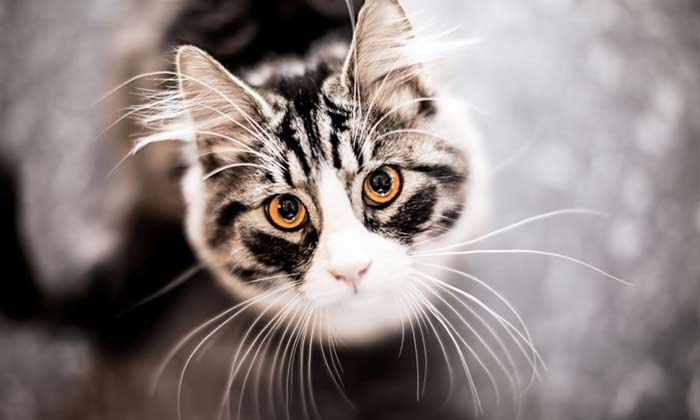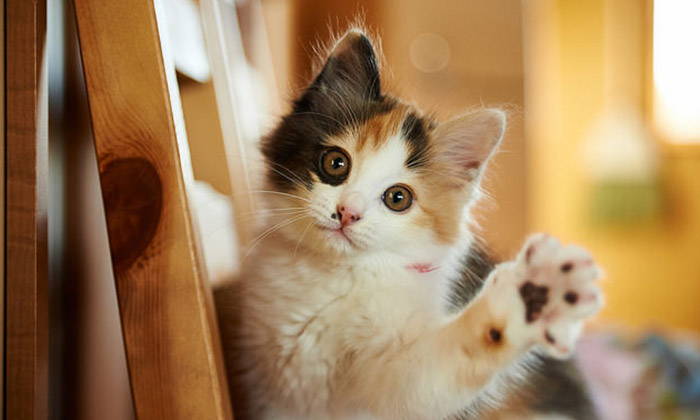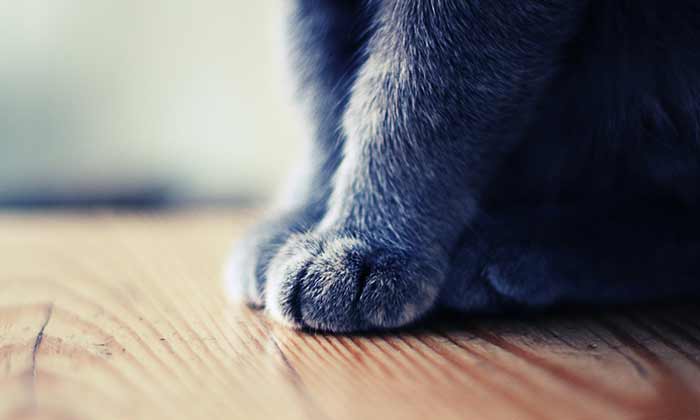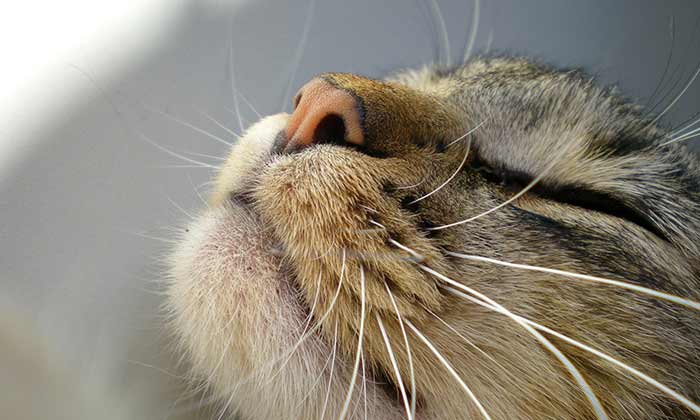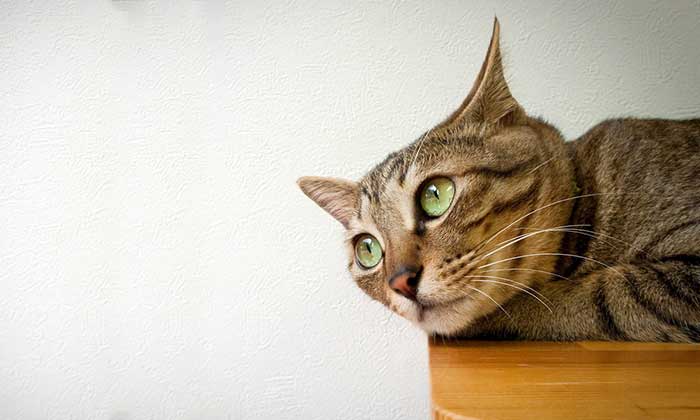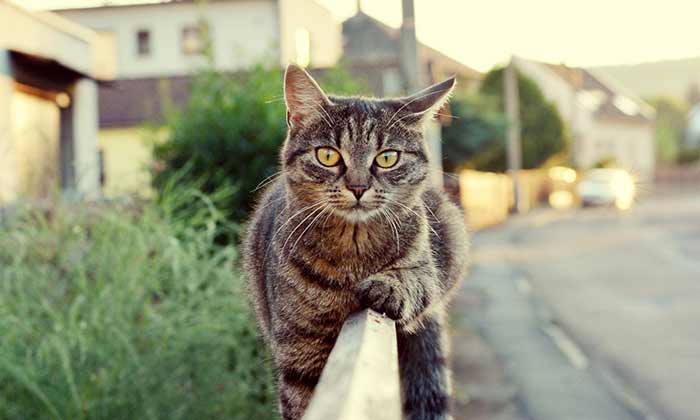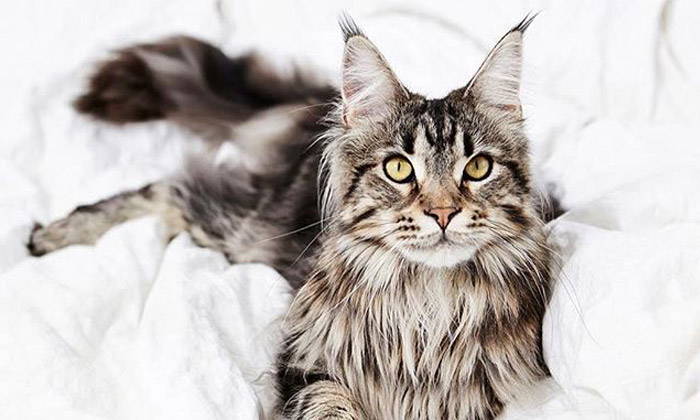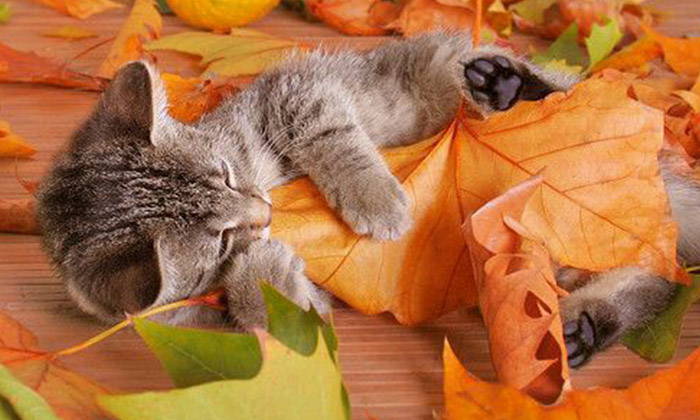Cat Ears: Understanding Your Cat’s Body Language
Who doesn’t notice the beautiful cat ears as soon as a cat appears in front of you? But cats can be difficult to understand for some people. However, many people find that cats are easy to understand as long as they pay proper attention and learn the right signs. Cats’ body language, in particular, can display a lot about what the cat is thinking and feeling. Cats have numerous methods to display their needs, emotions and wants. It is our job to decipher what it is that cats want to tell us.
Cats and their behavior have been studied for many years by animal behavioral experts. This extensive study has paid off, leading to the conclusion that cats express a lot of their feelings through their ears. This is certainly understandable when you realize that cats have over a two dozen muscles in their ears, which allow cats to move each of their ears separately in a range of motions up to 180 degrees. Cats use this mobility to constantly keep up with all of the sounds around them.
 By better learning and understanding the movements of your cat and their ears, you can bond with your cat much better than ever before, and even more importantly you can learn to detect when they are upset or suffering. Learning these signs can ensure that you notice when your cat becomes ill, so you can get them the help they need before it becomes too serious.
By better learning and understanding the movements of your cat and their ears, you can bond with your cat much better than ever before, and even more importantly you can learn to detect when they are upset or suffering. Learning these signs can ensure that you notice when your cat becomes ill, so you can get them the help they need before it becomes too serious.
Cat ears and their movements operate effectively even when cats are asleep – or at least semi-sleep and dozing. By being able to move their ears to detect and analyze unknown sounds, they can stay relaxed and asleep knowing they will be made aware of any dangers by their ears.
But beyond this danger awareness and warning system, cat ears constitute an important element of the body language of felines.
Position of Cat Ears Explained
Your Cat in Relaxed Mode
When your cat is content and relaxed, its ears will position themselves such that they are pointed forward and to the side a little. When the cat ears are positioned like this, you will sense that your cat is feeling happy and safe overall. There will be no indications that your cat feels aggressive or scared.
Your Cat in Alert and Interested Mode
 Cats have very quick and active minds and will respond to lots of different and varied stimuli.
Cats have very quick and active minds and will respond to lots of different and varied stimuli.
Whenever a small bird or gust of wind or stray leaves catch your cat’s attention, its ears will shoot straight up into an upright position, and they will move forward to prepare your cat to leap into action.
A cat’s ears move into a similar position when it is happy or content about its location and the people and beings it is spending time with. Interested-looking ears are a sign of friendship and comfort, indicating that your cat is happy to see you.
Your Cat in Nervous Mode
When a cat is nervous, agitated or upset in this way, its ears will twitch. Cats that look like this should be comforted with a quiet and kind cuddle and ideally some additional soft words that reassure him or her that all is safe.
Bear in mind that cat ears twitching should only last for a short time – after all, nervousness should only be short-lived! If the twitching lasts for more than just a few hours you should consider taking your cat to a vet or other professional as it could be a sign that something more serious is troubling your cat.
Your Cat in Aggressive Mode
When cats feel aggressive and angry, they move their ears so that they face backward. The cat’s ears can also fall flat on their head when angry in this way and ready to fight. Common reasons for this kind of feeling is when your cat sees another cat in their territory, for example in their garden. They will be preparing to fight to defend their home and space in this situation.
 When your cat’s ears flatten and move backward, you should be sure to leave your cat alone for some time. There is a risk that your cat will attack you if you get in the way – it is best to let your cat sort out their problem themselves unless you sense they are in real danger of getting hurt. You can determine if your cat is ready to attack by looking at the rest of their body language. You should be able to tell if you cat is preparing to pounce on an opponent or prey.
When your cat’s ears flatten and move backward, you should be sure to leave your cat alone for some time. There is a risk that your cat will attack you if you get in the way – it is best to let your cat sort out their problem themselves unless you sense they are in real danger of getting hurt. You can determine if your cat is ready to attack by looking at the rest of their body language. You should be able to tell if you cat is preparing to pounce on an opponent or prey.
Your cat’s ears flatten when they feel agitated in this way because they are hoping to protect their ears from the claws of another cat or prey. Flattening ears makes a cat more streamlined and thus more in a position to launch a quick and effective pounce! Bear in mind your cat will not always have such sinister things on their mind though – they might just be getting ready to play fight with you.
However, if this ear position and generally agitated behavior become more regular or long-lasting, it is likely an indication that there is something more serious troubling your cat. Regarding the ears, flattened ears might be a sign of an ear infection or an infestation of small bugs like mites or ticks. You should take your cat to the vet as soon as possible if you suspect something like this.
Overall, however, it is best to avoid your cat when you notice your cat’s ears flatten. Always remember that cats are natural predators and have sharp claws and teeth to match, so have the potential to do some real damage if you get too close!
Your Cat in Confused Mode
The extensive muscles in cat ears mean that they can move independently of each other. Thus, you will sometimes notice that one ear will move without the other moving in the same way or at the same time. Your cat is probably confused when its ears are in different positions, unsure of how to react to whatever has just happened or whoever has just been put in front of them.
It is very likely that your cat will run off to hide somewhere they feel comfortable if they end up confused like this. They will be sure to return and play with you again though once the new confusing thing has gone away, and they feel more assured and comfortable again.
How Cats Use Their Ears to Communicate
Here I provide a quick little guide for interpreting your cat ears.
- Ears forward – This means your cat is happy, comfortable and wanting to play.
- Ears straight up – This means your cat is alert and aroused by some stimuli.
- Ears turned back – This means your cat is likely to upset or overstimulated and will possibly be ready to attack something. Stay out of this cat’s way.
- Ears turned sideways or back – This means that your cat is scared about something. Be careful with cats like this.
- Ears back and flat against head – This means that your cat is angry or likely ready to attack something. Your cat is feeling like it needs to defend itself, probably by any means possible. It is best to beware of cats in this state as they might hurt you or others. This is an instinctual behavior designed to protect the ears in case things turn violent.
If any of these cat ear behaviors persist for a long time, take your cat to the vet to get them checked for any problems or health concerns. Particularly important to check is regular or persistent ear twitching, or if the ears are often horizontal.
If the ear behaviors ever don’t match the emotions, you suspect your cat is feeling, this is another reason to take your cat to the vet. Although remember that ear movements do not always perfectly represent your cat’s emotions or mood – they might just be listening to something! Cats move their ears around to all sorts of positions to best listen to the sounds and stimuli around them.

